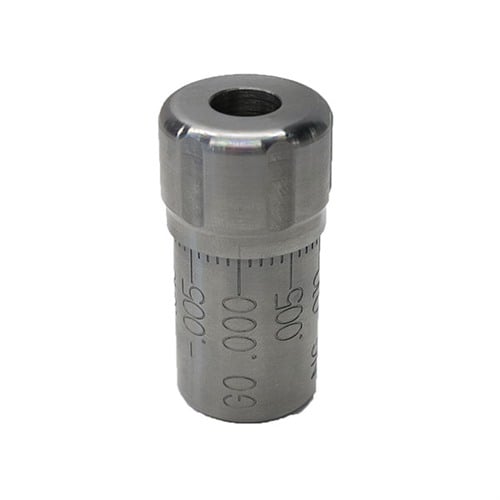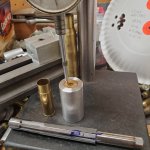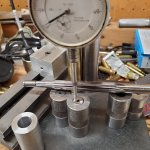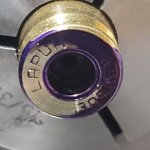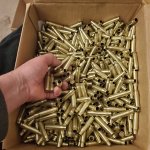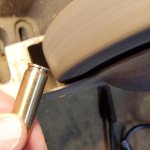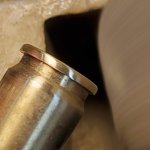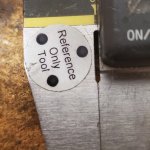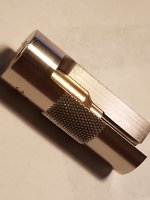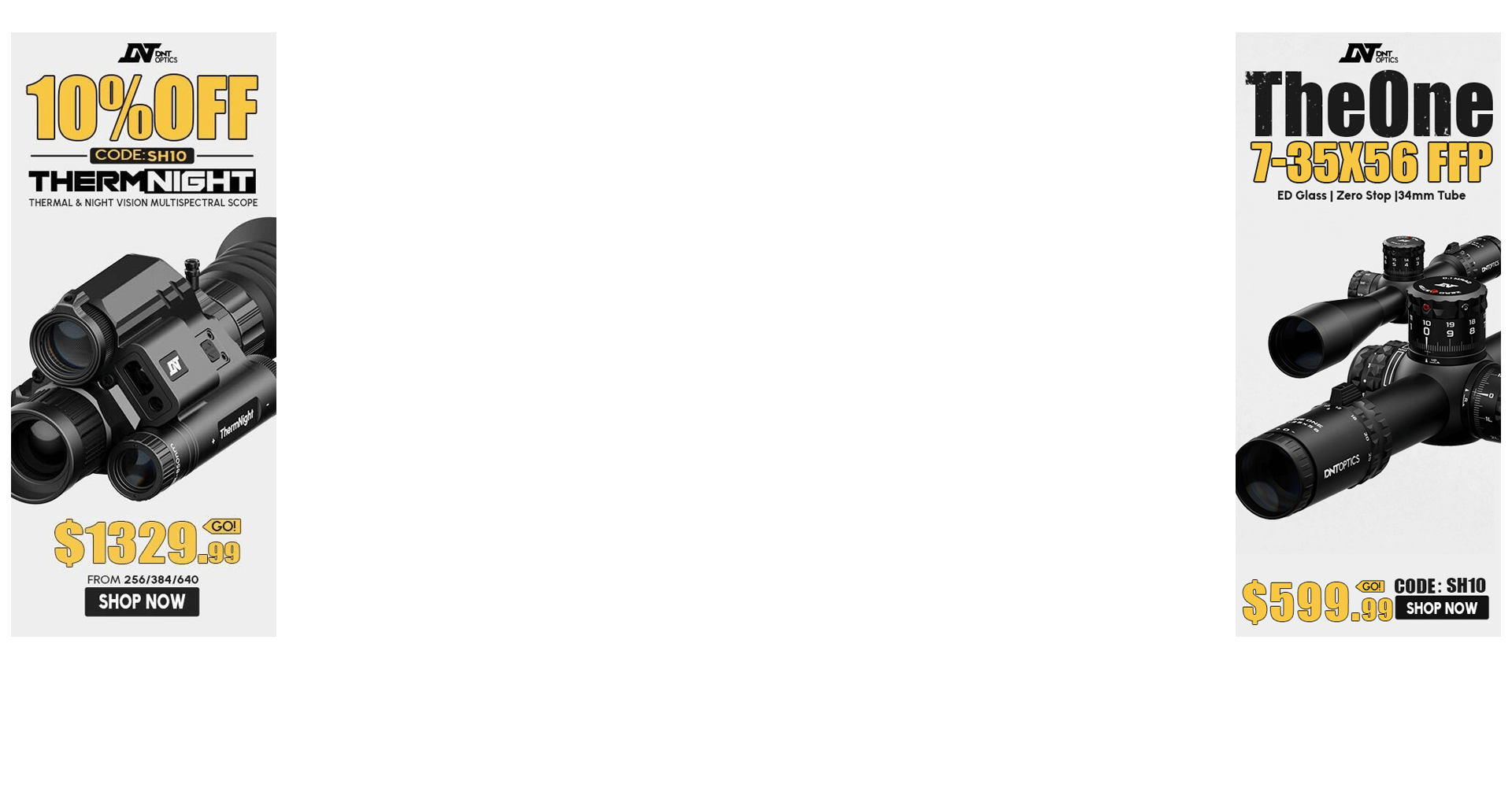I still use them.
I called redding today because I bought a set (sizer and bullet seater) of redding competition full length bushing dies. I had only ever sized brand new brass with it as I only bought this set about 6-8 months ago and rand about 500-600 pieces of new brass for uniformity and neck tension with a mandrel after sizing. Before this I had always just used plain die sets with expander balls.
Well today I started loading some of my once fired brass in that caliber and it wouldn't fit a case gauge.....I checked everything thinking maybe I was overlooking something simple as of course I am human and no....it just won't fit a case gauge.
so I grabbed my RCBS match master set (which I actually like better) and after adjusting it to bump about 2 thousandths, it fits a case gauge, snug but it fits.
So I called up Redding to inquire and the older gentleman on the phone asked me "well does it chamber?" and of course it does since it was shot in that rifle. to which he replied "case gauges don't mean ANYTHING and you shouldn't bother with one". I explained to him I have several rifles in that caliber and will most definitely make probably 5 or 6 more in the next year or two and would prefer to have ammo that I know will fit them all......He didn't appreciate that at all. I said thank you and ended my call.
So I wonder, am I the only one left using case guages? I use one for every caliber I load. While it's true someone could make decent ammo without one.....
If I try to picture someone NOT using a case gauge all I see if a old fudd using a lee hand loader making 5 rounds of 30/06 or something similar for dear season so he can use three of them to sight in his ruger model 70 for the season and then miss with the other two.
I called redding today because I bought a set (sizer and bullet seater) of redding competition full length bushing dies. I had only ever sized brand new brass with it as I only bought this set about 6-8 months ago and rand about 500-600 pieces of new brass for uniformity and neck tension with a mandrel after sizing. Before this I had always just used plain die sets with expander balls.
Well today I started loading some of my once fired brass in that caliber and it wouldn't fit a case gauge.....I checked everything thinking maybe I was overlooking something simple as of course I am human and no....it just won't fit a case gauge.
so I grabbed my RCBS match master set (which I actually like better) and after adjusting it to bump about 2 thousandths, it fits a case gauge, snug but it fits.
So I called up Redding to inquire and the older gentleman on the phone asked me "well does it chamber?" and of course it does since it was shot in that rifle. to which he replied "case gauges don't mean ANYTHING and you shouldn't bother with one". I explained to him I have several rifles in that caliber and will most definitely make probably 5 or 6 more in the next year or two and would prefer to have ammo that I know will fit them all......He didn't appreciate that at all. I said thank you and ended my call.
So I wonder, am I the only one left using case guages? I use one for every caliber I load. While it's true someone could make decent ammo without one.....
If I try to picture someone NOT using a case gauge all I see if a old fudd using a lee hand loader making 5 rounds of 30/06 or something similar for dear season so he can use three of them to sight in his ruger model 70 for the season and then miss with the other two.

